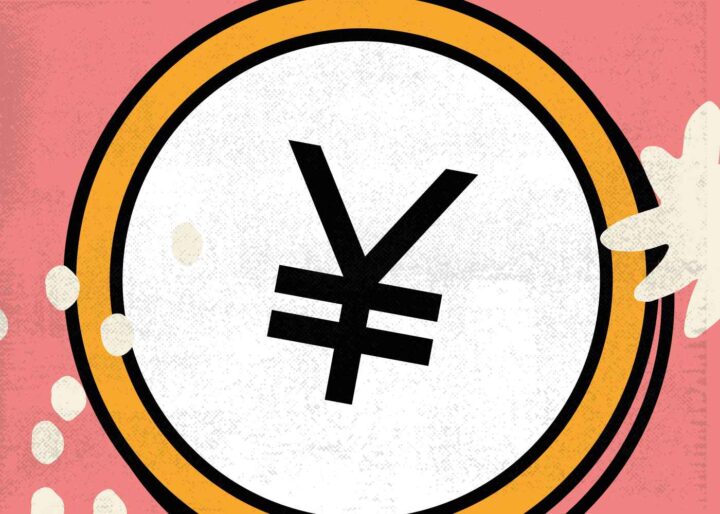Will the Digital Yuan Be Viable?

What Is the Digital Yuan?
The digital yuan is a currency that the People’s Bank of China has developed, i.e. an analog and a complete addition to the traditional yuan. It’s based on blockchain technology and is fully centralized. The project has been under development since 2015, and technology giants such as Huawei and Ant have taken an active part in it.
Testing of the digital yuan began in 2020. Various cities, regions and individual companies came together to bring it to where it is today. According to a report by the director-general of the People’s Bank of China digital currency institute, 140 million Chinese citizens were already using digital yuan wallets in October 2021. This statement came to light during the “Fintech Week” conference. Over 1.5 million merchants have registered on the network. The total volume of transactions amounted to more than $9.7 billion.
The project’s original purpose was stated as processing mainly domestic payments. But in early March 2021, the central banks of China, Thailand, the UAE and the Bank for International Settlements launched the m-CBDC Bridge program. The goal of the program is to test CBDCs for cross-border payments.
Goals of e-CNY Introduction
Among the main goals of launching the digital yuan were the following:
- Improving the quality of financial services
- Meeting the population’s demand for digital currency
- Reducing the cost of maintaining the money supply
China is the second-largest market for digital payments after the U.S. More than 500 million PRC citizens use digital forms of payment. The introduction of the digital yuan is designed to make electronic payments more efficient and secure.
Future of the Digital Yuan

Matthew Graham, an experienced investment banker and CEO of Sino Global Capital, based in Beijing, said that the Chinese government sees new technologies as a “leapfrog opportunity.”
Speaking with Boxmining founder Michael Gu at the Unitize conference on July 6, 2020, Graham shared his views on the prospects for the digital yuan:
“Swift, CHIPS, Fedwire… they’re antiquated, they’re expensive, they’re slow. It’s 2020 and we have transactions that take three days to clear and that are far more expensive than they should be. All of these technologies that underpin much of the USD-centric global economy are really showing their age. So that’s a big opportunity for China.”
Ray Dalio, billionaire investor and founder of the hedge fund Bridgewater Associates, expressed a similar view. In an interview with CNBC, he made several points in support of the digital yuan:
- The U.S. dollar is losing competition with e-CNY.
- The “digital U.S. dollar,” even if issued, will also be less competitive. because of the giant U.S. debt.
- Most international trade and financial transactions will be in e-CNY.
- The digital yuan has prospects of becoming the world’s main reserve currency.
According to the International Monetary Fund (IMF), the U.S. dollar’s share as the world’s reserve currency is nearly 60% in 2021. The Chinese yuan’s share is only about 2% and is behind the euro, Japanese yen and British pound. Ray Dalio predicts that with the release of the digital yuan, the Chinese currency could take up to 15% of the global market over the next five years.










